F1: Pirelli Proposes 'Super Intermediate' Tyre to Improve Wet Weather Race
The last Belgian Grand Prix weekend brought attention to the ongoing challenges Formula 1 faces in rainy weather conditions, following a less than satisfactory test of the FIA's experimental "spray guards" at Silverstone a few weeks prior.
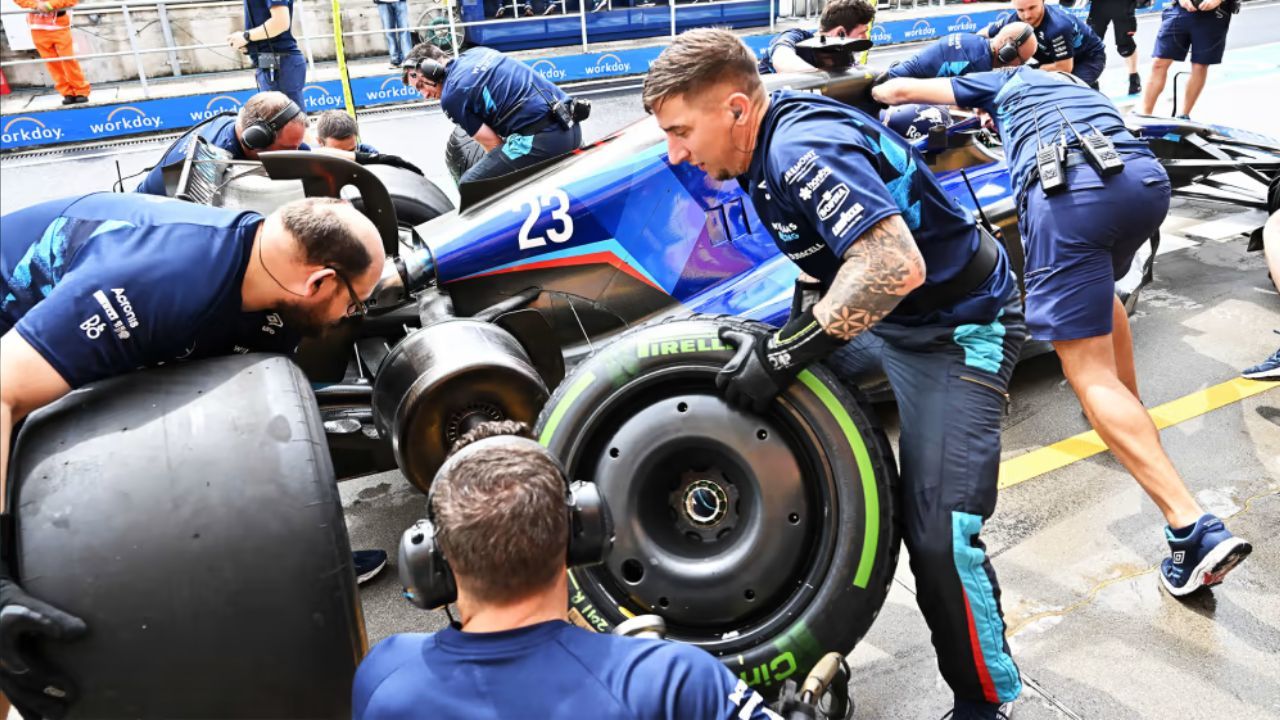
In recent years, racing in the rain has been a major talking point in Formula 1. There was already a lot of stress before the disaster that was Spa 2021 and the rise in the number of accidents caused by the rain. As the exclusive manufacturer of tyres for F1 and its feeder races, Pirelli faces an uphill battle. Under Mario Isola's leadership, the organization must find a solution to satisfy Formula 1, the FIA, and the drivers. In accordance with regulations, numerous cars used complete wet tyres during the 2023 Belgian GP's Sprint race on Saturday. Half of the cars, upon being unleashed, immediately headed for the pits to change into intermediates, with the remainder of the field doing the same at the end of the first lap. In the wake of the incident, drivers were quick to point out that pit-lane traffic was the reason not all vehicles came into the pits at once. George Russell, director of the GPDA, was an outspoken participant in the discussions and argued that wet weather tyres are useless if the weather is wet enough to warrant its use.
Also Read: F1: What is Formula 1's Summer Break? Shutdown Rules, Duration, and Team Activities Explained
What has happened in recent years?
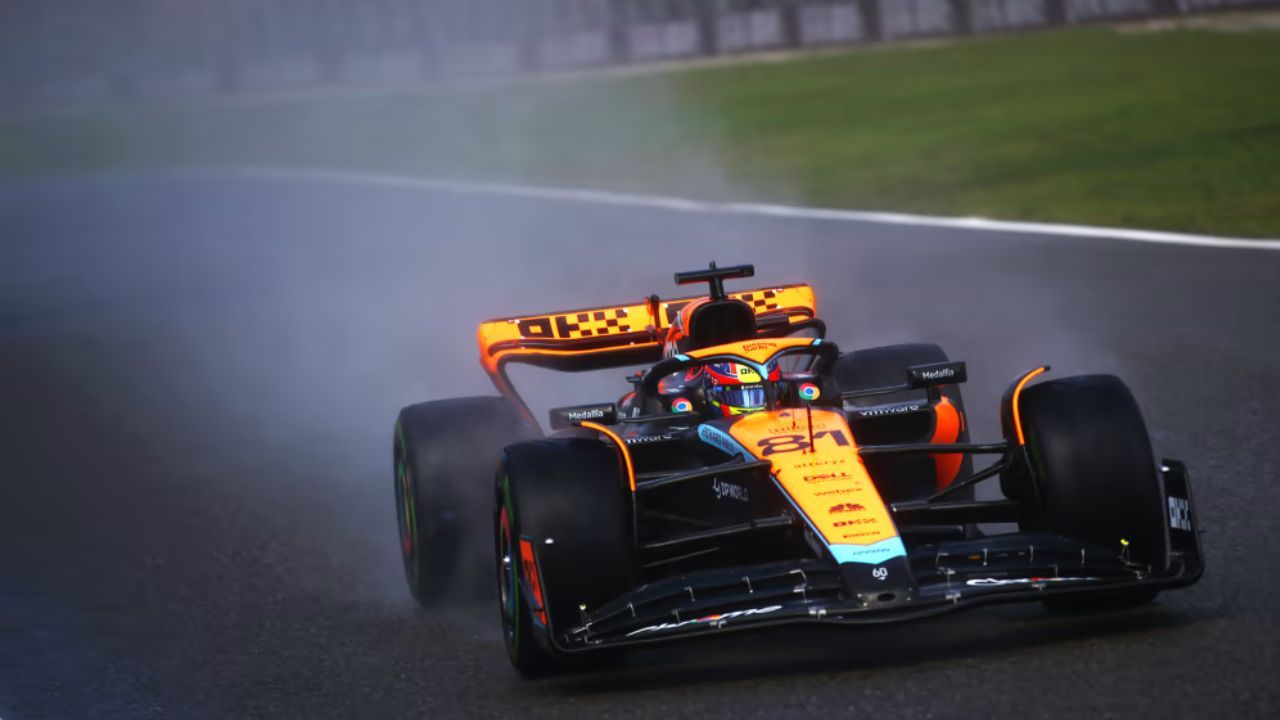
The issue of spray is becoming more pronounced as the weight of automobiles progressively increases. Furthermore, the wet tyres that were introduced in the previous year have demonstrated a significant lack of competitiveness. This implies that whenever the track surface exhibits a reduced level of moisture, drivers promptly choose intermediate tyres. Additionally, it can be observed that an increasing number of drivers are engaging in risky behaviour by opting for intermediate tyres in weather conditions that are more appropriate for full-wet tyres. The presence of the ground effect has further complicated matters by creating a vacuum underneath the entire underfloor area.
According to Mario Isola, there is potential for Pirelli to develop a super-intermediate tyre that demonstrates adaptability in wet weather conditions. The current tire testing has yielded favourable results. Nevertheless, a significant issue arises when the majority of their running activities take place on artificially saturated tracks. According to Mario Isola, the restriction of conducting tests exclusively at Fiorano and Paul Ricard is a significant constraint. The features of this track differ significantly from those of circuits such as Spa, Silverstone, Suzuka, and others, which typically encounter rainy racing conditions. Nevertheless, the individual maintains a confident stance regarding Pirelli's capability to manufacture tyres suitable for diverse weather and track situations.
Also Read: F1: Mercedes W14 Suffers Porpoising Issues at 2023 Belgian Grand Prix
What are the latest alterations in F1?
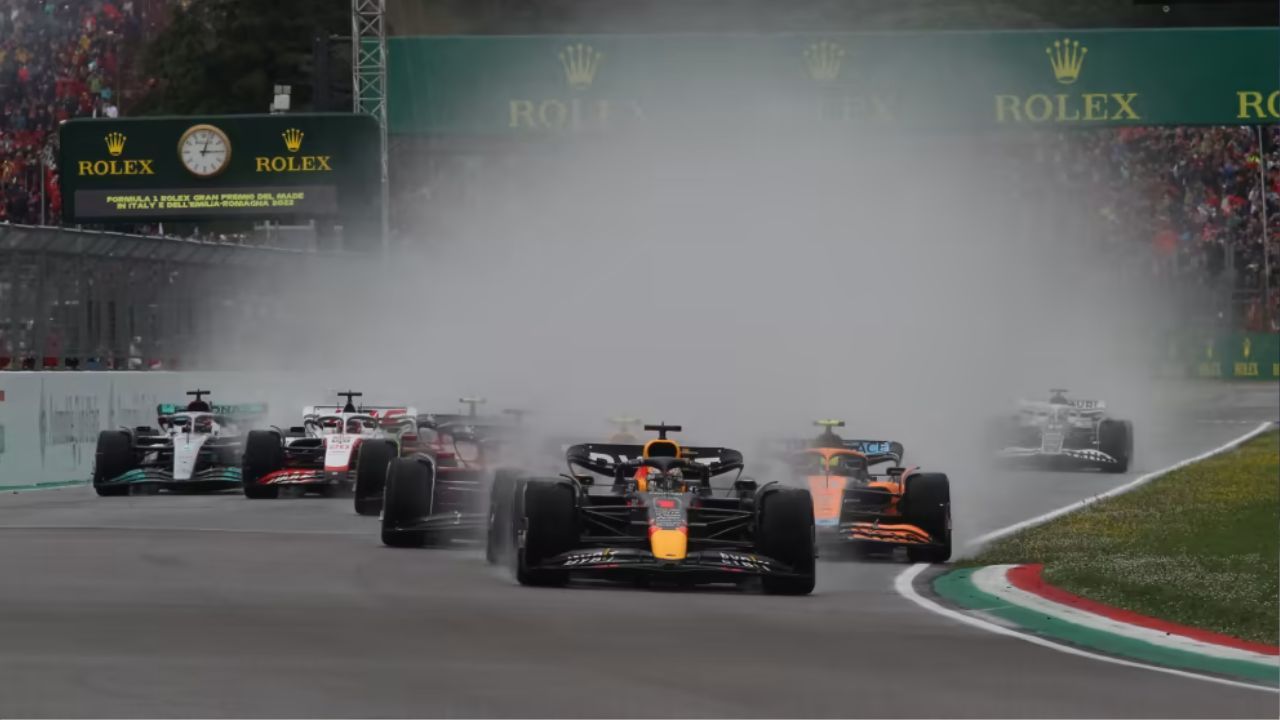
Pirelli unveiled a novel set of fully-wet tyres during this year's Monaco Grand Prix. These tyres do not require the use of tire coverings. According to Pirelli, these tyres are purportedly superior. Nevertheless, during the sprint race held at Spa, it is noteworthy that each of the 20 drivers opted to make a pit stop inside a single lap of the safety car's withdrawal. The sole rationale behind the decision of ten individuals to wait for a lap was to take into account the concerns pertaining to pit lane.
However, since the FIA approved a mid-season tyre change, the performance must have been there. In an effort to mitigate the issue of spray generated by Formula 1 cars, both the F1 governing body, the International Automobile Federation (FIA), are actively exploring the implementation of "spray guards" at the rear of F1 vehicles for testing purposes. The objective of this initiative is to effectively minimize the spray effect. The concept was initially proposed during the previous year's Suzuka race, which was abbreviated owing to inclement weather conditions.
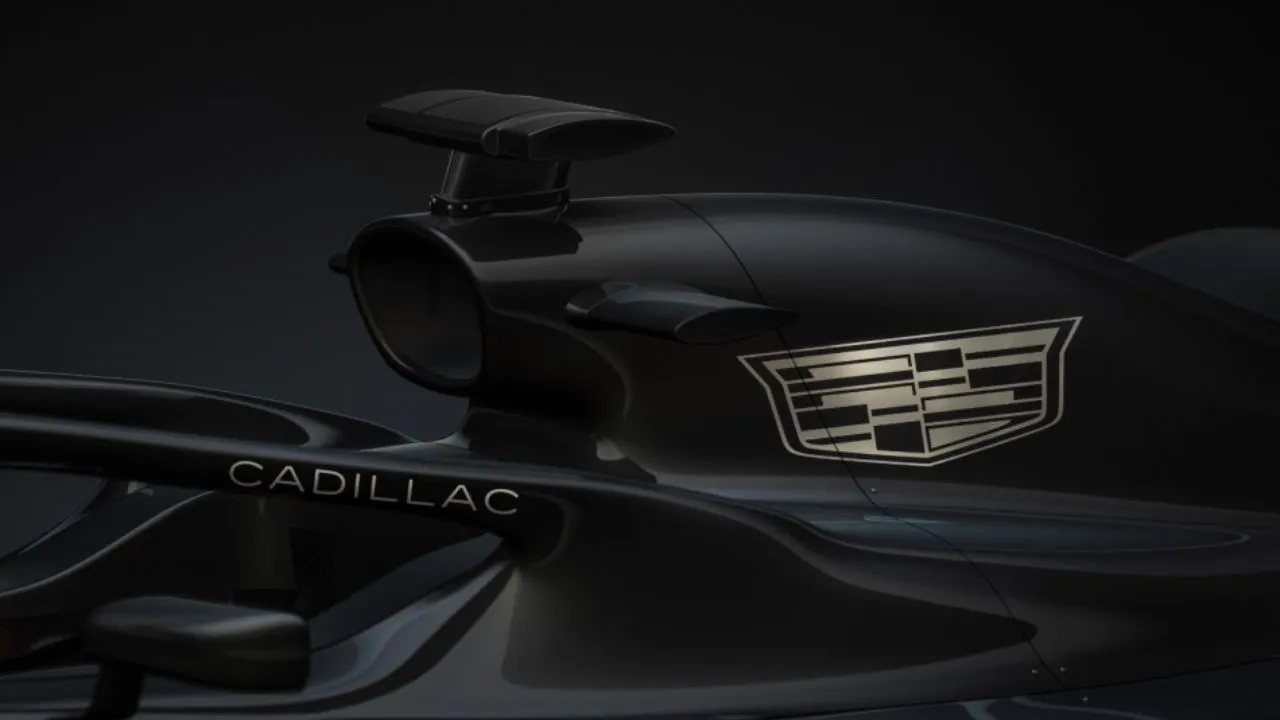
.webp)
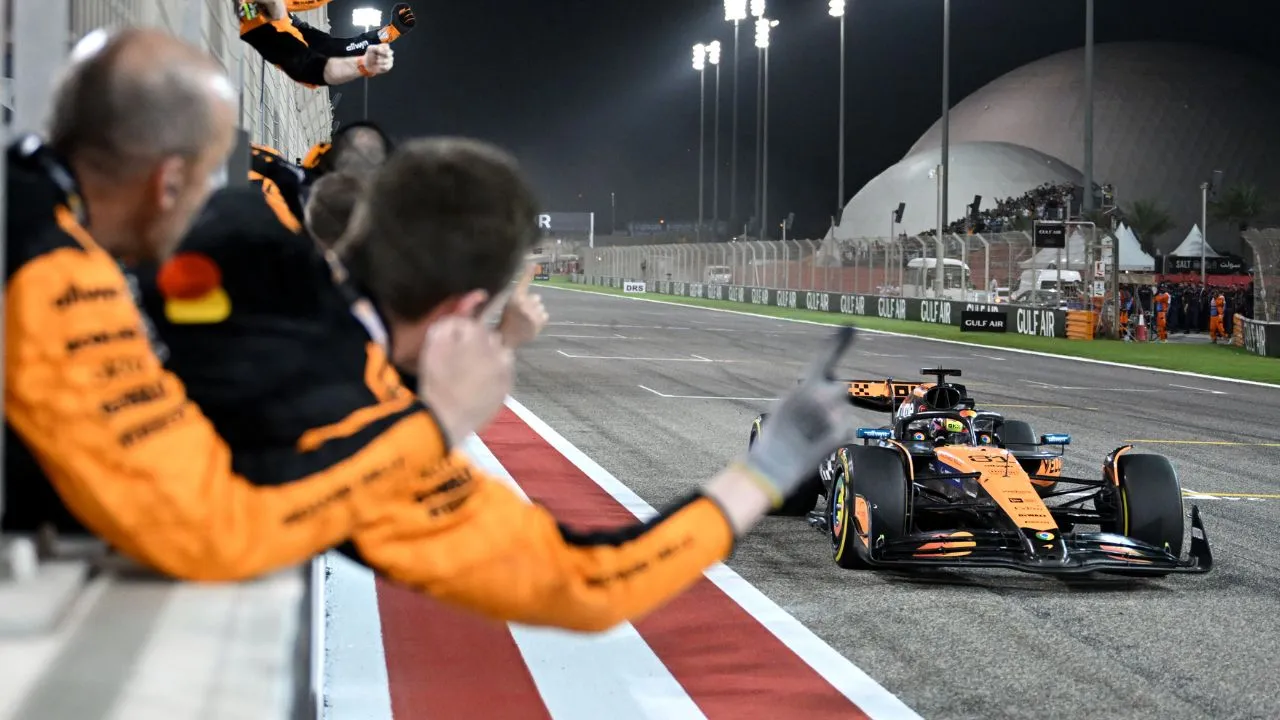
.webp)
.webp)
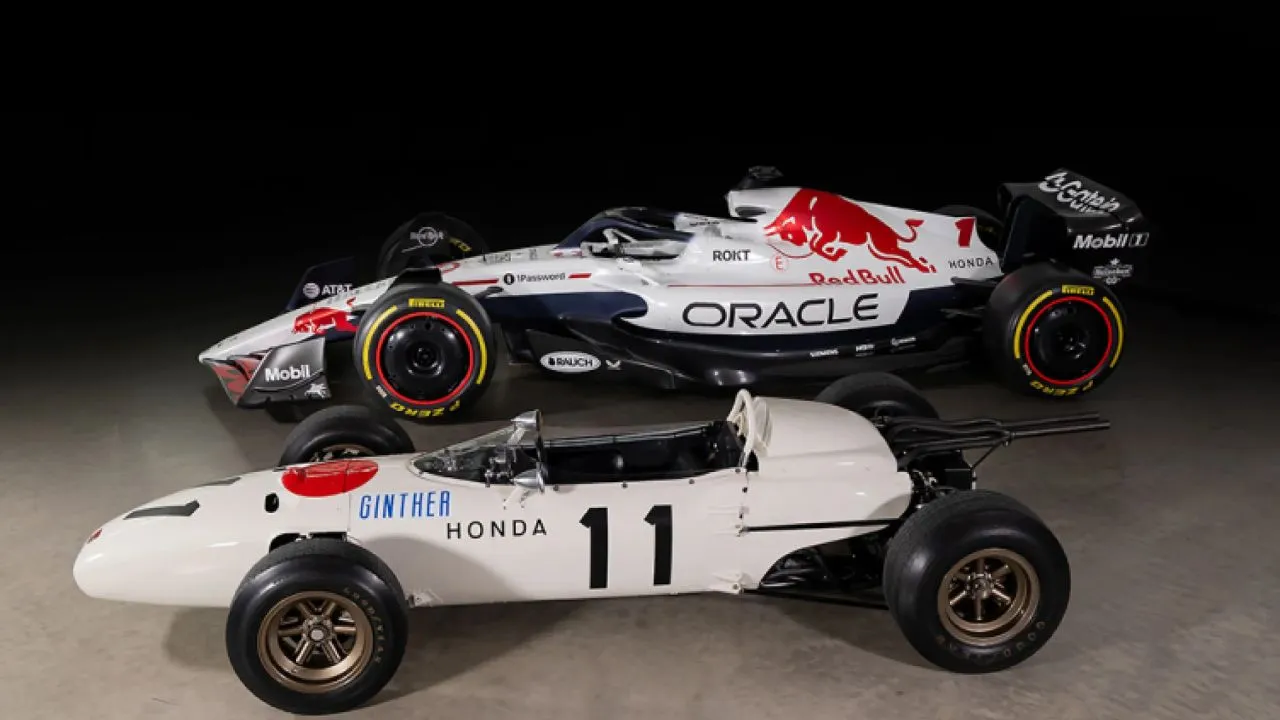









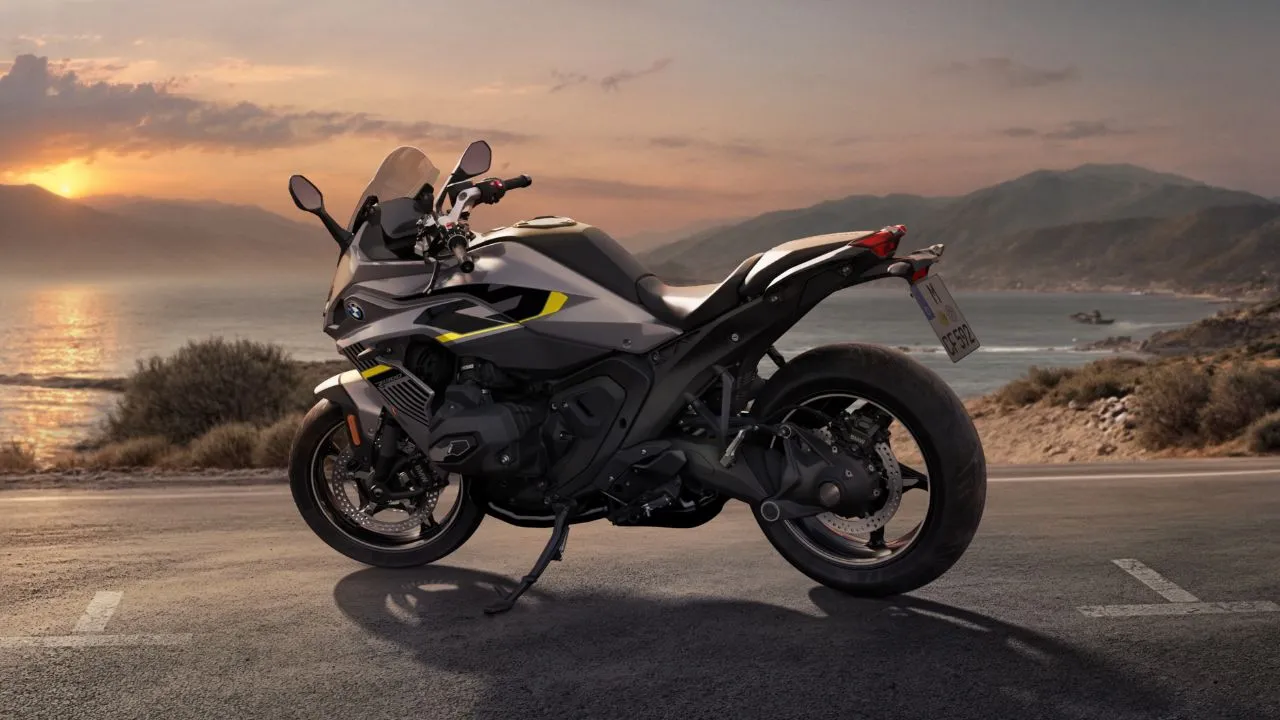
Write your Comment on